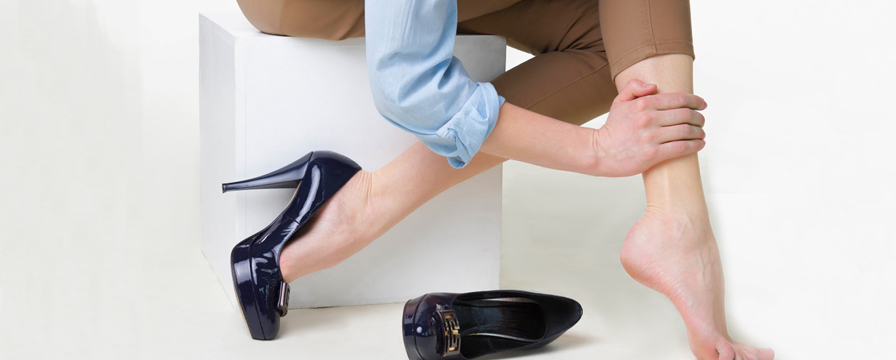Varicose veins are enlarged veins that become excessively filled with blood. They appear swollen and are usually bluish-purple or red in color, often causing pain. They are more commonly seen in women than in men. Approximately 25% of adults experience varicose veins. They are most frequently located in the calves of the legs.
Possible Causes:
Pregnancy
Menopause
Age over 50
Standing for prolonged periods
Excess weight
Family history of varicose veins
Diagnosis:
Diagnosis may include a physical examination, ultrasound (US), and venogram. Ultrasound and venogram help detect clots and blockages that may be causing pain.
Treatment:
To prevent the development or worsening of varicose veins, the following measures are generally recommended:
Avoid standing for long periods
Reduce excess body weight
Engage in physical activity to improve blood circulation
Use compression stockings
Elevate the legs while resting or sleeping
If none of these methods are effective, surgical intervention may be considered.
